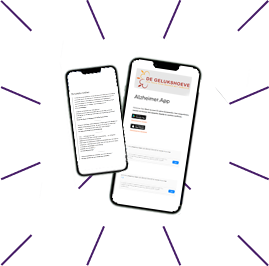

Peter Spijkers is initiator of the Gelukshoeve in Diessen: a living and day experience and Bij Jou Thuis facility for people with dementia. As an entrepreneur, he likes to give back to society in a way that makes an immediate impact. From that motivation, he started the Gelukshoeve five years ago. An experience that not only brought him a lot of knowledge about the experiences of people with dementia and their loved ones, but also about the specific needs of professionals and informal carers on how to deal with dementia.
Peter: "What many people don't know is that someone with Alzheimer's experiences life in reverse. From old back to young. Suppose your partner is back in a phase of his or her life that you as a partner were not yet part of. Then unclear situations arise. After all, who are you then? In the patient's perception, you are a stranger. With all its consequences. But also loud noises, for instance. Someone with dementia is sensitive to noises. If you throw cutlery in the drawer during dishwashing, conflict situations can arise. Which are easy to solve if you know what the real underlying cause is."
Originally a programmer, Peter likes to link technology to solutions. Peter: "We were increasingly hearing about situations that are easy to solve, provided you know what's going on. We had to do something with that. So I started programming a Large Language Model (ChatGPT, ed.) on the methodologies I had meanwhile mastered. From then on, everything actually started rolling and Alzheimer.app came into being very quickly."

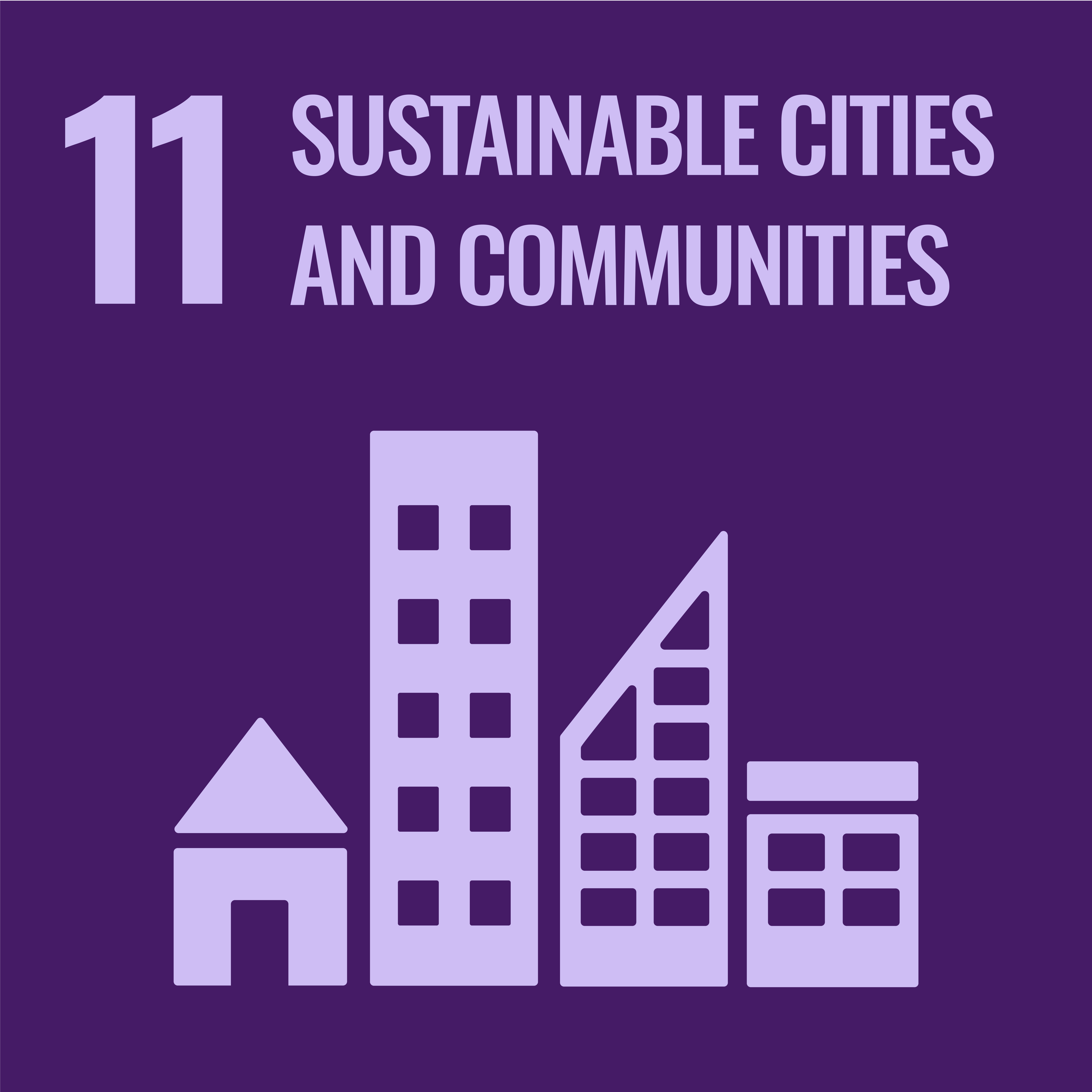
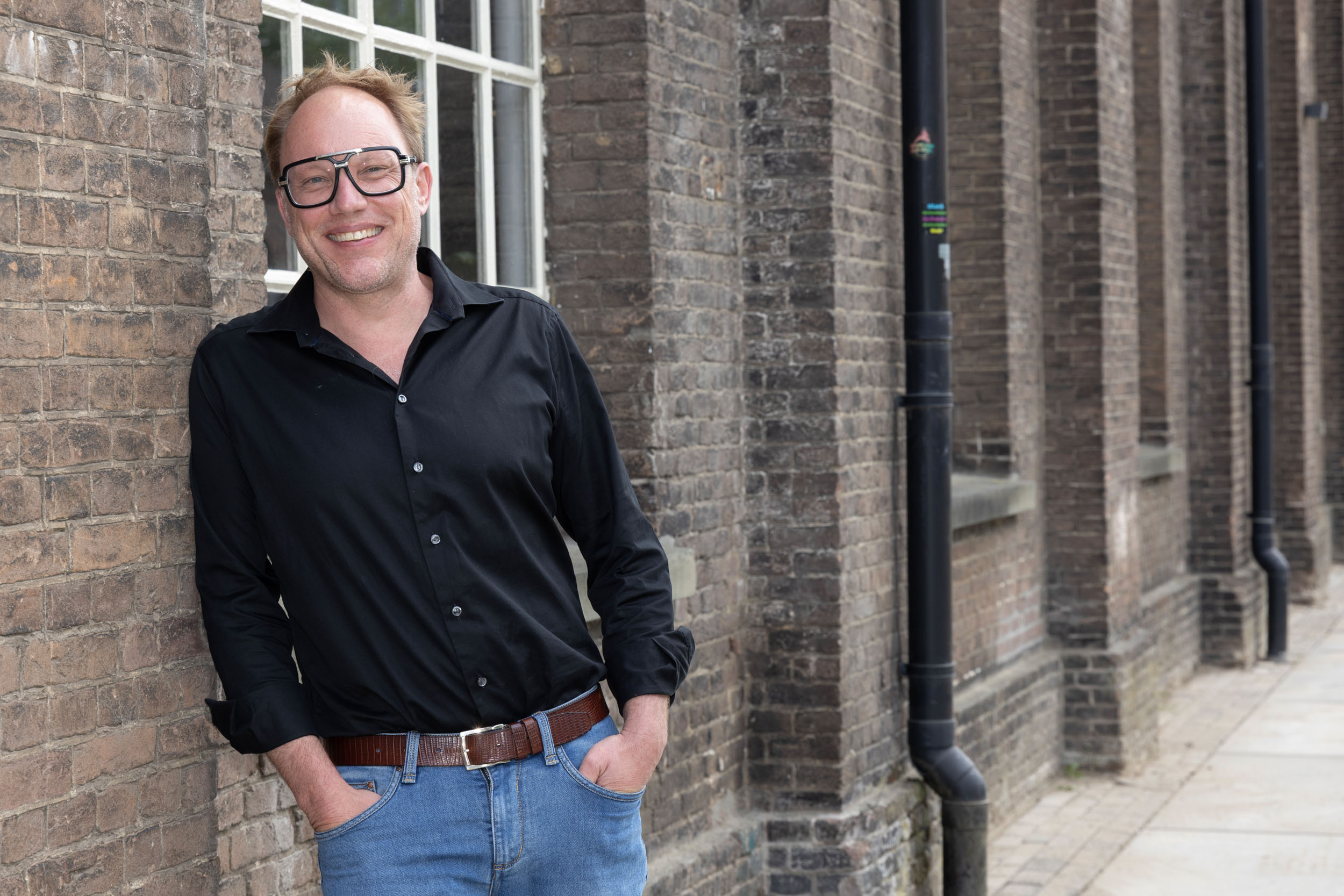
As a user, you ask the app a question about a situation at hand. The app then gives you concrete advice. "You feed the model, as it were, with specific information aimed at a person, which makes the app very concrete. Even if you don't know the patient, the app gives you insights that you can act on in a targeted way. We have a variant for loved ones, for the caregiver, for care organisations, for people with dementia themselves and for all parties who want to link to it," Peter says.
Peter: "I wanted to start building quickly and get going. That requires funding. As an entrepreneur, I know several incubators and initiatives that support entrepreneurs. Often they are procedural organisations that say a lot but do little. From Midpoint, I knew they have their act together better. I contacted them. Made an appointment, went by and told my story. Bas Snels was there at the table."
Next came The Connection. Peter: "Subscribe, was the advice. Now, I don't need so much with my headline in the paper, unless it's purposeful. And that's this. Most importantly, they put me in touch with the right parties. Our million dollar question was getting in touch with grant parties, but parties with the right slant. They succeeded. The umbrella investment company Investment Fund for Elderly Care in which several organisations are involved has concrete interest. That's when I knew we could accelerate very quickly and start building the app."
The app is now on a website. Once the finishing touches are in place, the app will go into the app store and loved ones and care workers will be able to use it. "We are also at the table with other parties and care organisations that want to get in, which is definitely going to help us towards the future. With many organisations like Midpoint, you sit and talk a lot, without anything getting off the ground. That has certainly not happened. The conversations are always purposeful and valuable. Occasionally a short contact, but always to the point. They have a large network and know how to immediately connect you to the right parties," Peter says in conclusion.
Find out how we can support you on your path to success!
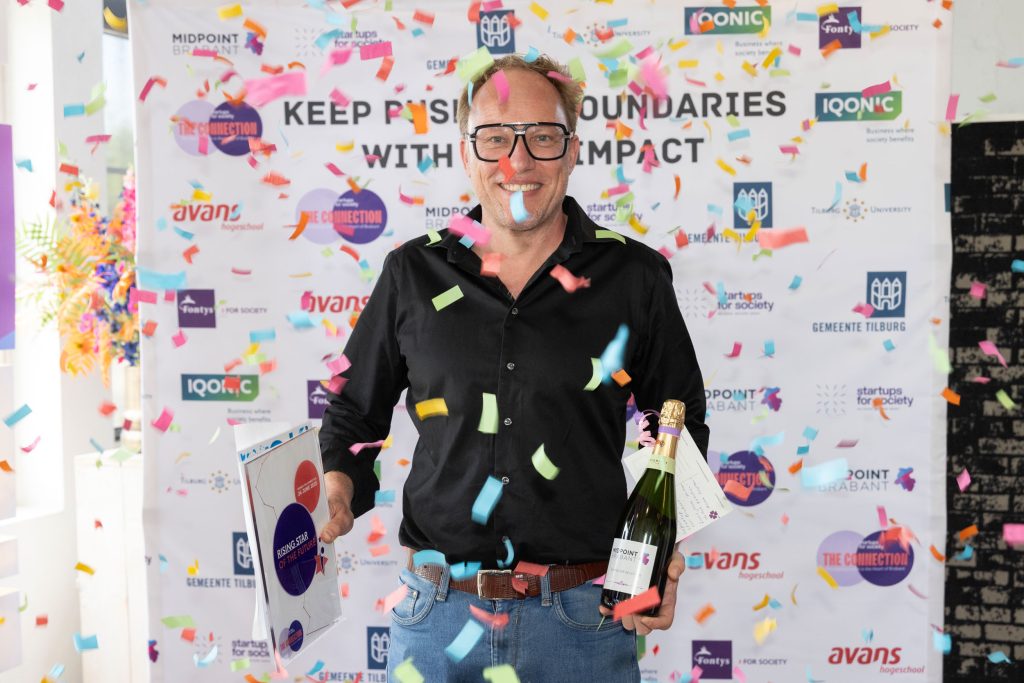
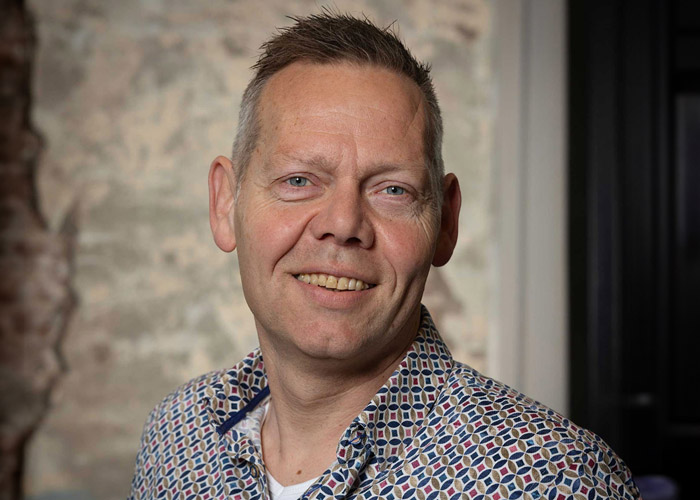

Want to know more about how Startups for Society can support your impact startup? Ask your question.
To provide the best experience, we use technologies such as cookies to store and/or access device information. Consent to these technologies allows us to process data such as browsing behaviour or unique IDs on this site. Failure to consent or withdrawal of consent may adversely affect certain features and functions.